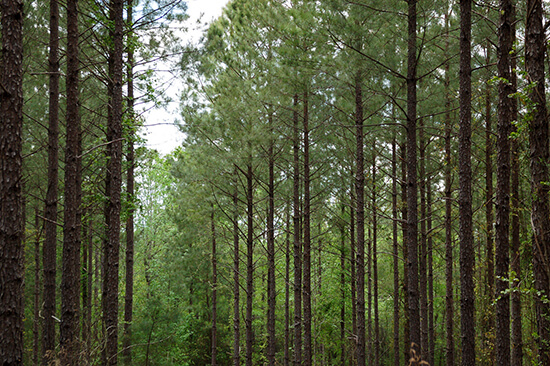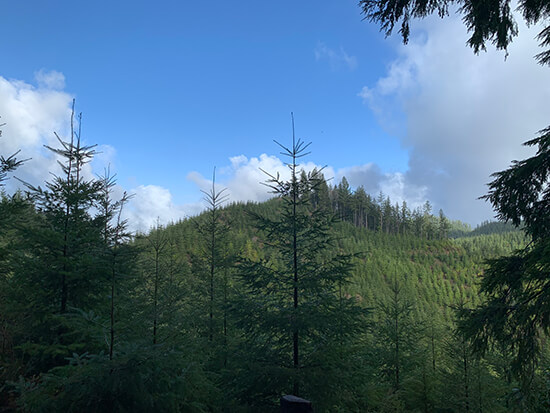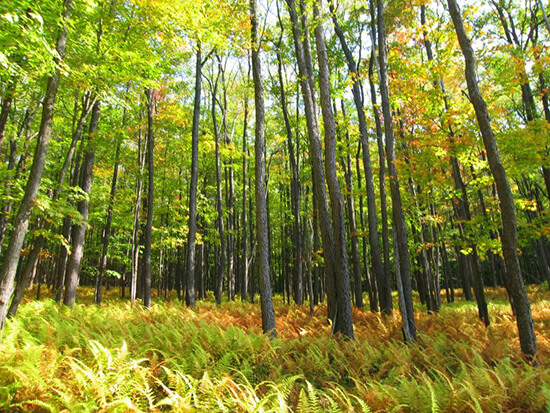Wilderness areas are lands designated by Congress to be protected and preserved in their natural condition, without permanent improvements or habitation.
The Wilderness Act of 1964 established a National Wilderness Preservation System to benefit the nation as a whole. This landmark conservation legislation established for the American people an enduring resource of wilderness. The Act defined wilderness as areas:
- affected primarily by the forces of nature, where man is a visitor who does not remain;
- possessing outstanding opportunities for solitude or a primitive and unconfined type of recreation;
- federally owned, undeveloped, and generally over 5,000 acres (2,020 hectares) of size;
- protected and managed so as to allow natural ecological processes to operate freely.
- containing ecological, geological, or other features of scientific, educational, scenic, or historic value;
- formally designated by Congress as Wilderness.

















